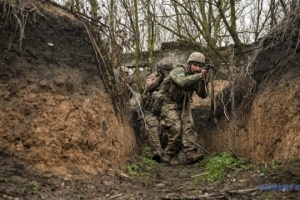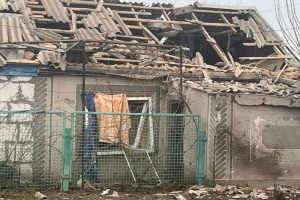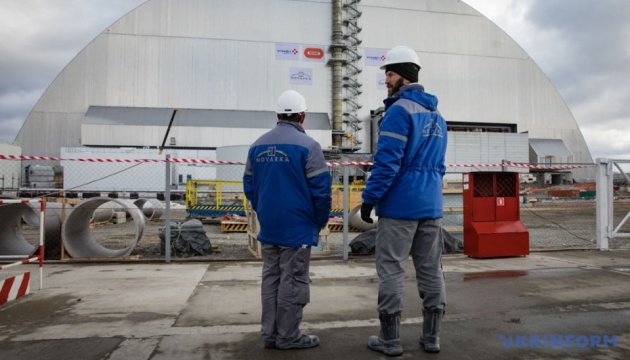
Russian Troops Withdrawal from Chornobyl Exclusion Zone: Two Years Later

The Chornobyl Nuclear Power Plant (NPP) Explosion that occurred on 26 April 1986 is still ranked among the most disastrous accidents in history of nuclear energy. It is one of only two nuclear energy accidents rated at seven—the maximum severity—on the International Nuclear Event Scale, the other being the 2011 Fukushima nuclear accident in Japan. The resettlement of tens of thousands of people, serious illnesses of local residents and clean-up workers (known as liquidators) caused by exposure, radioactive contamination of huge areas are just some of the consequences of the disaster, and to top it all off, the Russian occupation and liberation in 2022. This Ukrinform article is telling about how the Chernobyl nuclear power plant is working now, whether the exclusion zone has recovered from the Russian occupation at the beginning of the all-out invasion, and what future is ahead of it.
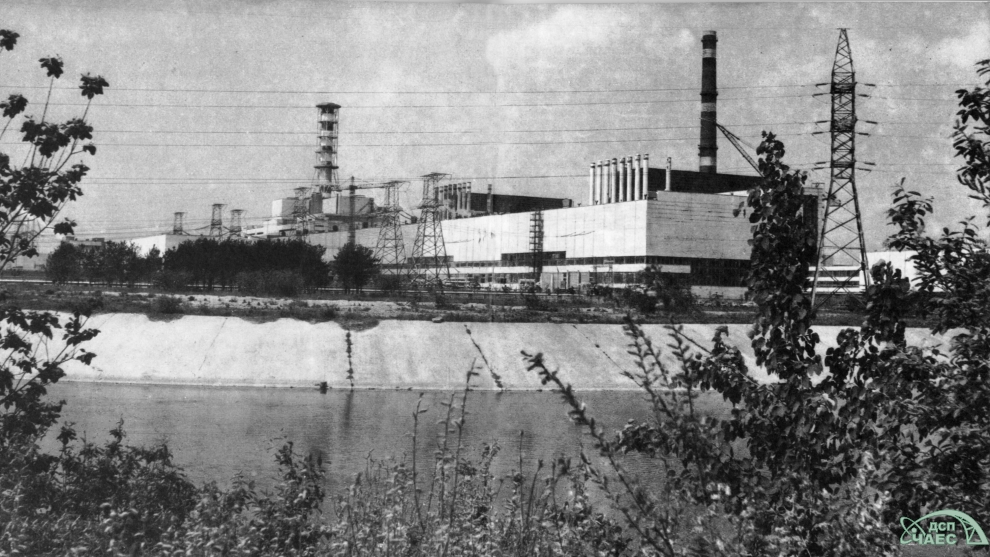
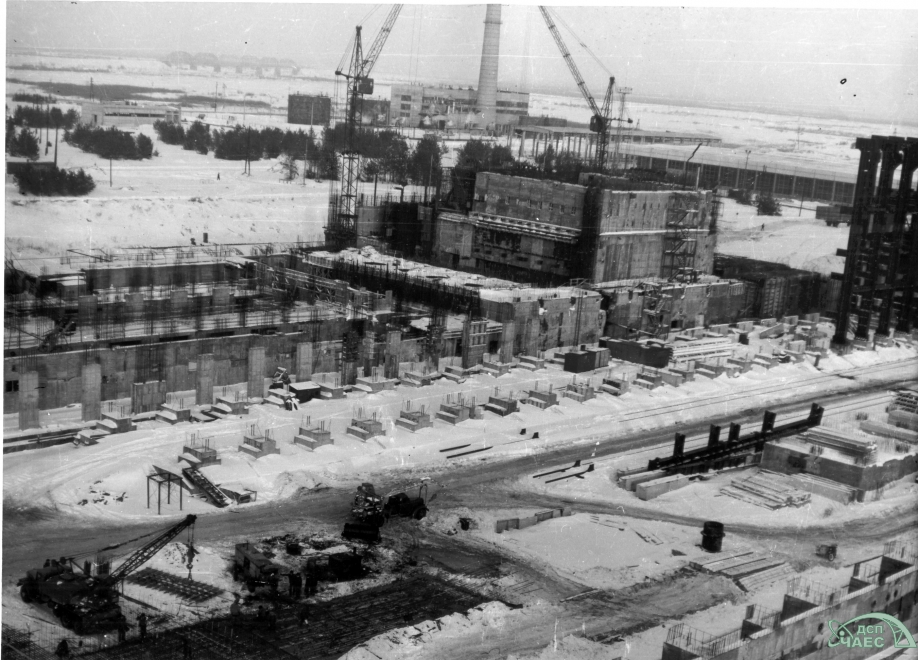
Chornobyl NPP: BEFORE AND AFTER THE ACCIDENT
The chronology of the safety test that directly caused the explosion at the Chornobyl NPP’s No. 4 reactor has long been known and discussed. But we should remember that the probability of a serious nuclear incident was established long before these events, even during the design, engineering and construction of the plant. The Security Service of Ukraine, working in a collaboration with the Ukrainian Institute of National Remembrance in 2019-2020 compiled and published a two-book collection of the KGB Chornobyl Dossier. The books contain documents telling about the construction of the Chornobyl nuclear power plant and post-accident life, viewed through the lens of Soviet intelligence service archives.
Particularly in the first book titled "Chornobyl Dossier of the KGB. From construction to accident" we can see the following: "In 1975-1976, special reports sent by Kyiv division of the KGB of the Ukrainian SSR to top officials of the Ukrainian SSR’s KGB contain examples of improper compliance with the construction and installation regulations that could potentially lead to emergency situations. In the summer of 1975, a series of technical and technological defects were discovered at the installation site of liquid waste storage tanks, which posed a threat to the environment. At the same time, the "auxiliary apparatus" (agents and trusted persons - ed.) of the KGB discovered unacceptable deviations from the project during the installation of the compressor in the reactor shaft."
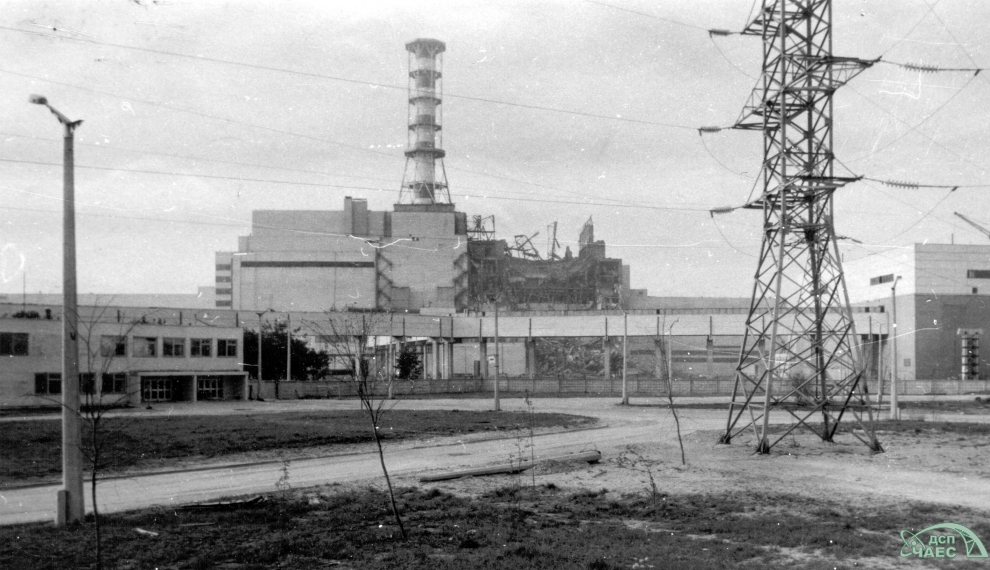
In addition, defective products were supplied to the construction site by the Kurakhovo Boiler and Mechanical Plant, construction materials were stolen, and working drawings were edited without the designer organization’s consent or knowledge, and this all under the close supervision of the KGB (that was originally supposed to deal with counter-intelligence). An agent reported the violations to the Soviet leadership, but the then Minister of Energy of the USSR, Petr Neporozhniy, demanded that the Chernobyl nuclear power plant be commissioned for operation no matter what and at any cost.
The 26 April 1986 explosion wasn’t the first accident that occurred at the Chornobyl NPP. Prior to that there were incidents involving, among other things, emissions of radionuclides into the environment. But the Chernobyl nuclear power plant continued operations. Moreover, according to Soviet leadership’s plans, Chornobyl NPP was to become the largest and biggest in the world at some time. It was not until the Spring of 1989 that Soviet leaders canceled plans to build reactors No. 5 and No. 6 at Chornobyl. Simultaneously, they gave up plans to expand other nuclear power plants that used RBMK graphite reactors, such as those seen at the Chernobyl nuclear power plant.
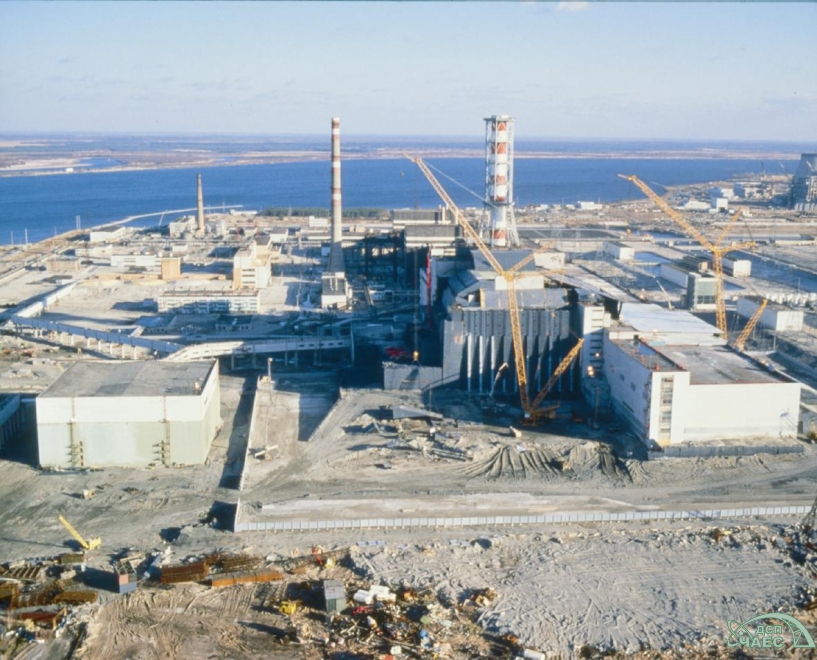
The No.4 reactor was covered with a temporary containment shelter. This containment structure, however, was only intended to last for 30 years, and required considerable reinforcement in the early 2000s. So the New Safe Confinement began to be constructed in 2010 and commissioned in 2019.
The Chernobyl NPP itself was gradually phased out of operation. The last operating power unit – reactor NO. 3 - was stopped on 15 December 2000.
The Chornobyl Exclusion Zone has over time become a popular tourist attraction, a nature reserve, and a place for scientific research. Areas surrounding the Chernobyl Nuclear Power Plant had lived their own unique, vibrant life until the Russian occupier set foot on its territory on 24 February 2022.
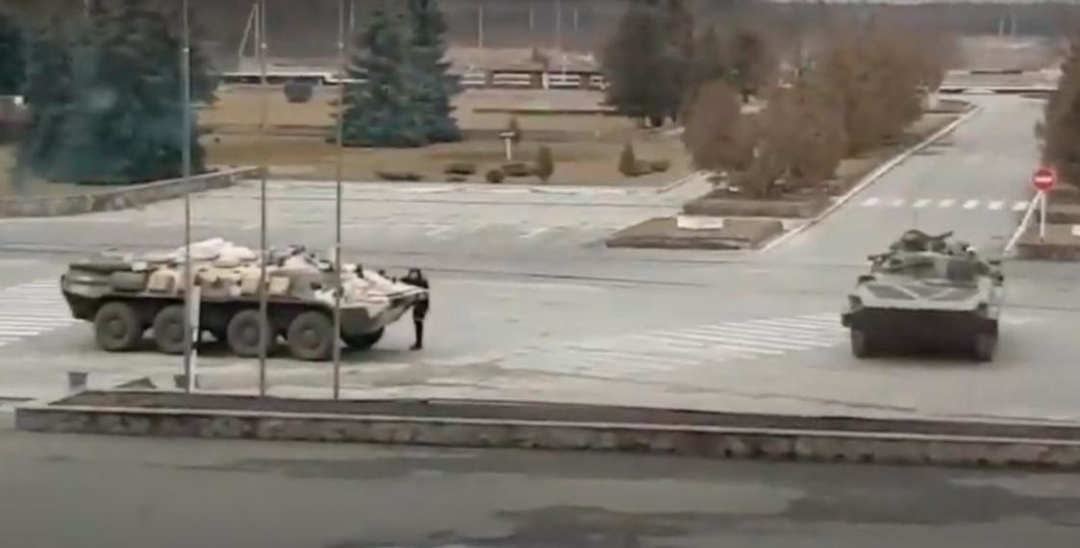
RUSSIAN OCCUPATION
Russian troops entered the Exclusion Zone from neighboring Belarus on the first day of the invasion on 24 February 2022 and seized the entire Chornobyl NPP by the end of that day. The way they behaved at the nuclear facility indicated that the current generation of Russian invaders had failed to learn the lessons of the Chornobyl Disaster, or, rather, knew nothing about it all.
The National Guard of Ukraine soldiers who were guarding the facilities in the Exclusion Zone found themselves encircled by Russian troops who gave an ultimatum, forcing Ukrainian soldiers to surrender immediately. Employees of the Chernobyl NPP who were on shift that day were also taken hostage. Some of the plant’s sraff were allowed by Russian soldiers to leave and return home as late as 20 March, having worked 600 hours without shaft changes at the site.
On 9 March 2022, Ukrainian Minister of Foreign Affairs Dmytro Kuleba said that the power supply of the Chernobyl NPP was damaged, it had lost power, and the diesel generator backup systems only had enough fuel to support cooling operations for 48 hours, so there was a danger of radiation leaks. The risk was uncertain, but Russian military operations had already caused nuclear risks when they caused a fire in the takeover of the Zaporizhzhia Nuclear Power Plant.
At that time, employees of Ukrenergo, the national electricity transmission system operator, were forced to risk their lives to go to the occupied part of Kyiv region in order to restore the transmission lines that powered the Chornobyl NPP. The International Atomic Energy Agency (IAEA) released a statement expressing concern about the situation, and recognised that lack of electricity was likely to deteriorate radiation safety. The IAEA has also expressed concern about the interruption of communications and the capacity of personnel to make decisions without undue pressure.[ On 10 March 2022, it was reported that all contact was lost.
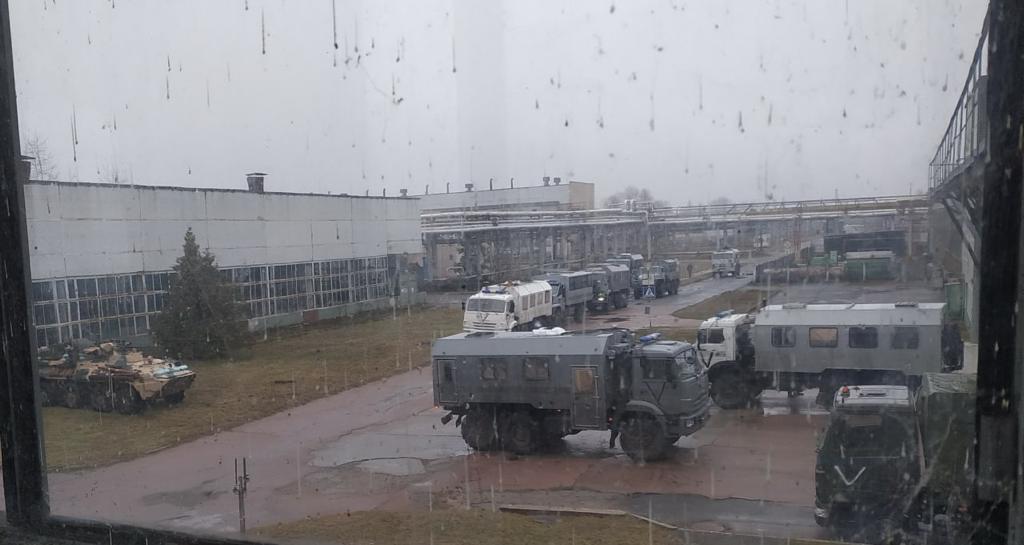
The Russian invaders wathdrew from the Exclusion Zone on 31 March 2022. They left behind a looted analytical laboratory, a mined territory and trenches and foxholes in the Red Forest. So the scientific research activity in the Exclusion Zone had decreased to a significant extent.
"Part of the scientific equipment, which was used in fauna research, including under international projects, was damaged or lost. Some research projects funded by international research projects had been put on hold. The possibilities of attracting funds for scientific research and improving the equipment and facilities base have decreased due to the risk of a new Russian invasion and with it the potential loss of equipment and machinery," the Ministry of the Environment commented to Ukrinform on the impact of the occupation.
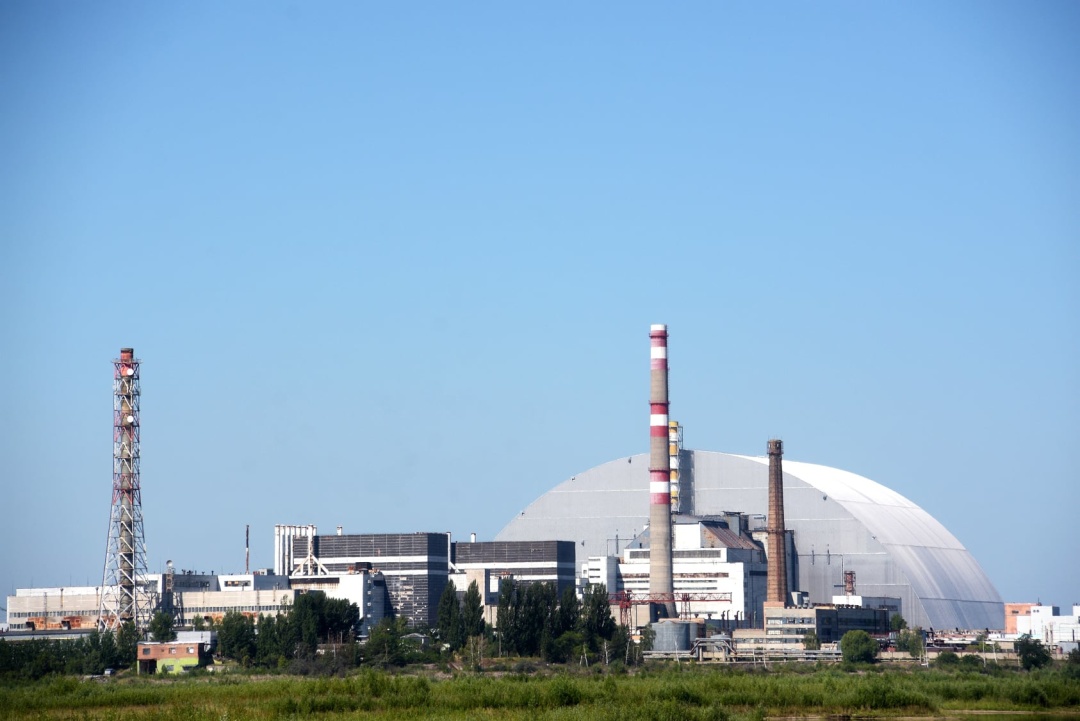
CHORNOBYL NUCLEAR POWER PLANT TODAY
After two years from the day Russian troops left the Chornobyl Exclusion Zone, life in the zone is gradually entering a new track. Since January 2023, the IAEA monitoring mission is permanently present at the Chornobyl NPP. Its prime purpose is to prevent a nuclear accident amid the war. "The IAEA teams working at the Khmelnytskyi, Rivne and South Ukrainian NPPs and the Chornobyl NPP reported that nuclear safety and security are maintained despite the consequences of the ongoing conflict," the agency's report for April 18 of this year says.
In addition to the permanent mission, IAEA inspections also take place at the Chernobyl nuclear power plant. During 2023, Agency’s inspectors conducted 10 inspections to verify the absence of undeclared nuclear materials in the Chornobyl Exclusion Zone and made four technical visits. The inspections passed without any comments.
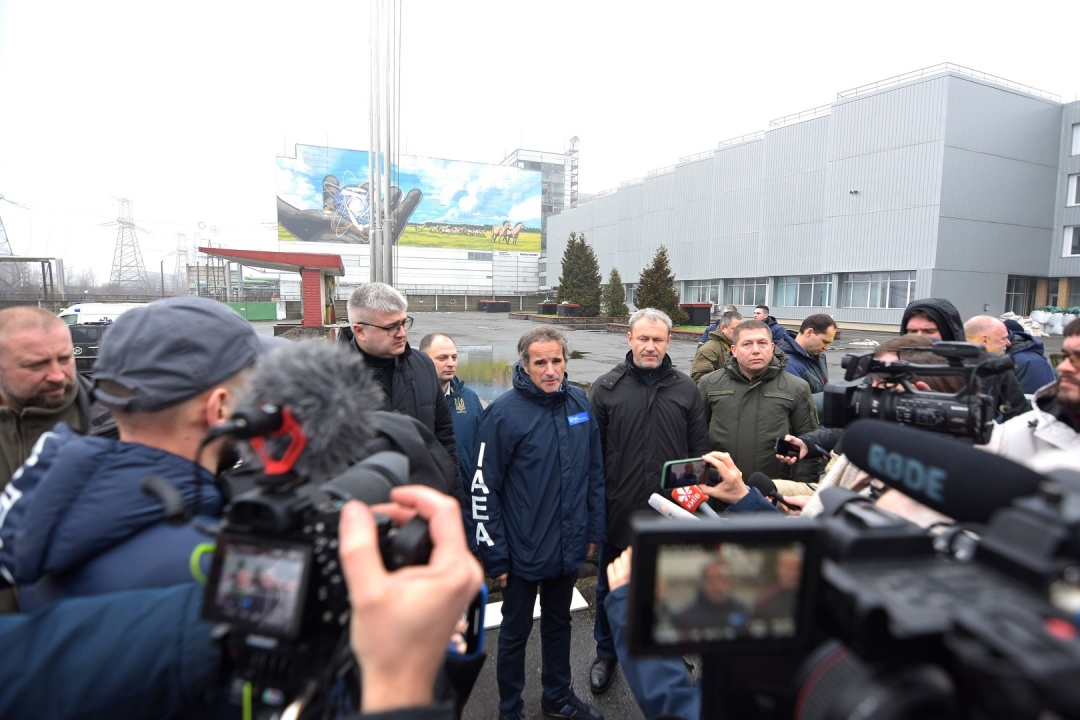
The State Nuclear Regulatory Authority of Ukraine (DIARU), which has the authority to perform supervisory functions, has also verified and confirmed the safe and secure condition of nuclear facilities in the Exclusion Zone. The year 2023 saw the beginning of trial operation of the Centralized Storage of Spent Nuclear Fuel where DIARU is monitoring enforcement of nuclear and radiation safety regulations.
After the Chernobyl Nuclear Power Plant had been liberated from Russian occupation, the State Scientific and Technical Center for Nuclear and Radiation Safety (NDTC NRR) resumed its operations in the Exclusion Zone. More specifically, they conducted a series of measurements to see if Russia’s military vehicles could transfer radionuclides to the territory of the Chornobyl Exclusion Zone and beyond.
On top of that, the European Commission expanded the scope of one of its aid projects for Ukraine that deals with modernization of the system for radiation and environmental monitoring of the environment surrounding production complexes "Vektor" and "Buryakivka", in addition to the system that performs radiation and dosimetric control within the boundaries of the Chornobyl Exclusion Zone.
"Engineers of the National Nuclear Research and Development Center, supported by European partners, are doing technical and expert supervision of projects dealing with the modernization and update of radiation control systems. These systems will provide a reliable and modern mechanism for obtaining information about the radiation contaminationstatus of objects and the Exclusion Zone area, as well as for improving radiation protection of the population," the press service of the research institution told Ukrinform.
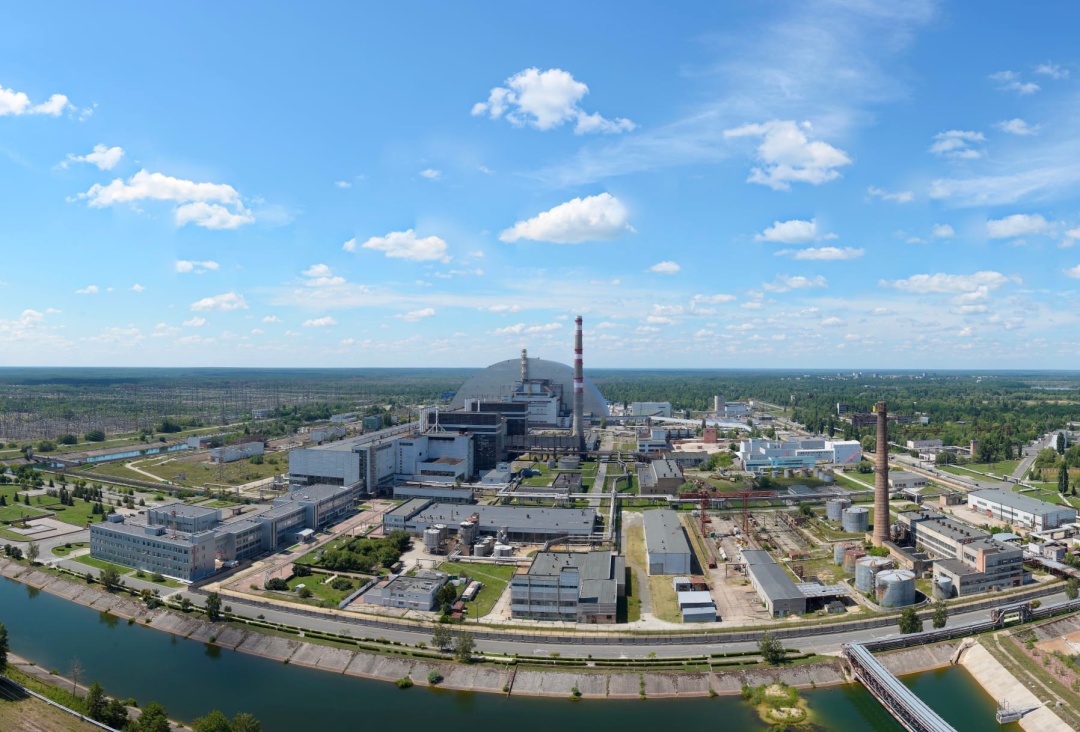
The Chornobyl Exclusion Zone is within the jurisdiction of the State Agency for the Management of the Exclusion Zone (DAZV). The Agency has reported that in the two years since the Russian troops withdrawal, DAZV workers have been able to restore all key operations relating to safety, including, in particular, ensuring proper workplace exposure control in the Exclusion Zone. In addition to this, part of the operations of the laboratory that had been looted and destroyed by Russian invaders have been able to be restored.
"Speaking in general terms, the overall state of affairs in respect to radiation safety in the Exclusion Zone is pretty good, the objects in the Exclusion Zone are safe and secured," the DAZV press service told Ukrinform, adding that amid the war, there is still a risk of objects and facilities in the Exclusion Zone being attacked.
On top of that, landmines scattered across the Exclusion Zone pose the prime challenge. "A multiplicity of munitions (such as landmines, tripwires, etc.) placed and left behind by the invaders are regularly triggered by wild animals. As a result, animals die or are injured. Add to that, mined areas are more vulnerable to fire occurrence," DAZV said.
Fire prevention measures in the Exclusion Zone have been done on a limited scale due to contamination with landmines and tripwires. In the Exclusion Zone, any operation in any area cannot be done unless the area is first surveyed and decontaminated as needed by bomb disposal experts.
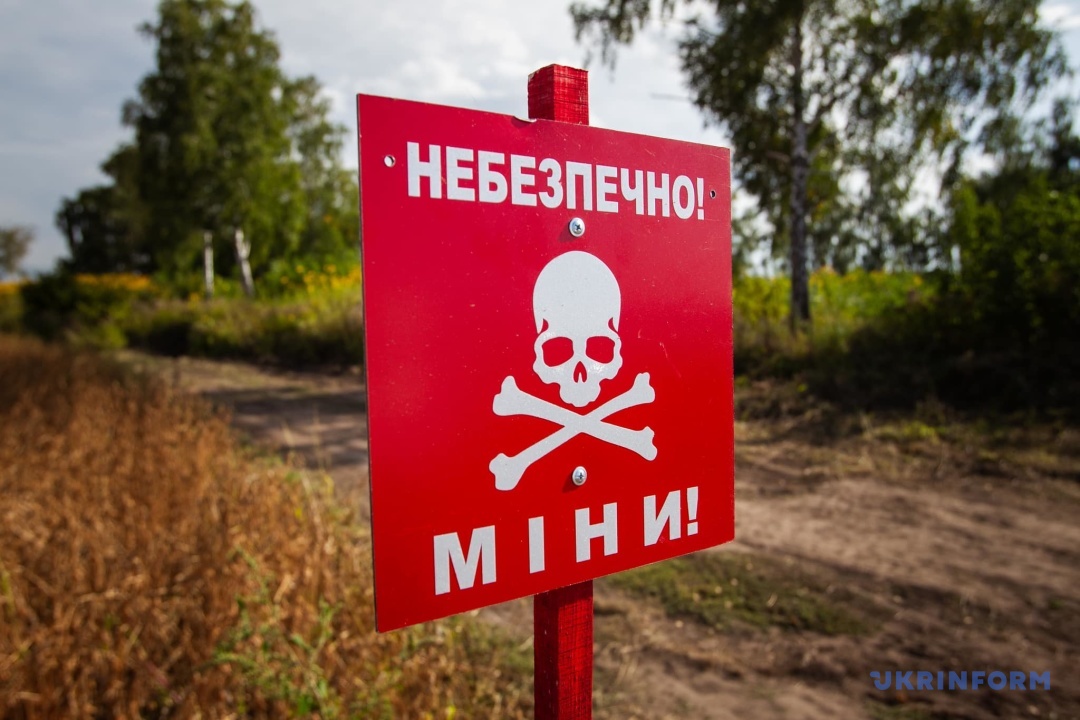
The access of outsiders to the Chernobyl Nuclear Power Plant has been limited. "Journalists and official delegations accredited by the Ministry of Defense are now allowed to visit the Exclusion Zone, but only if accompanied by employees of state-owned enterprises run by DAZV," the Agency warns.
But tourists, DAZV goes on to note, will not be able to show up there until after the end of war, both because of the landmine contamination and the dangerous proximity of the border with Belarus.
Over the two years since Russian troops withdrew from the Chornobyl Nuclear Power Plant, employees of the Chornobyl Radiation and Environmental Biosphere Reserve resumed their research operations, the Ministry of the Environment said in a press report. Researchers are working in the Exclusion Zone studying the flora and fauna, doing land reclamation works in conflagration areas, monitoring the fire situation, conducting meteorological and hydrological studies. Other areas of interest for the researchers include the impact of military operations on landscape and biological diversity among other things.
At the same time, the Ministry reported that the researchers had completely lost access to landfills on the left bank of the Pripyat River, and there has been limited or no access to some landfills in the Exclusion Zone as well. In addition, some countries, citing security reasons, have banned their experts from visiting Ukraine for work on already ongoing projects and studies.
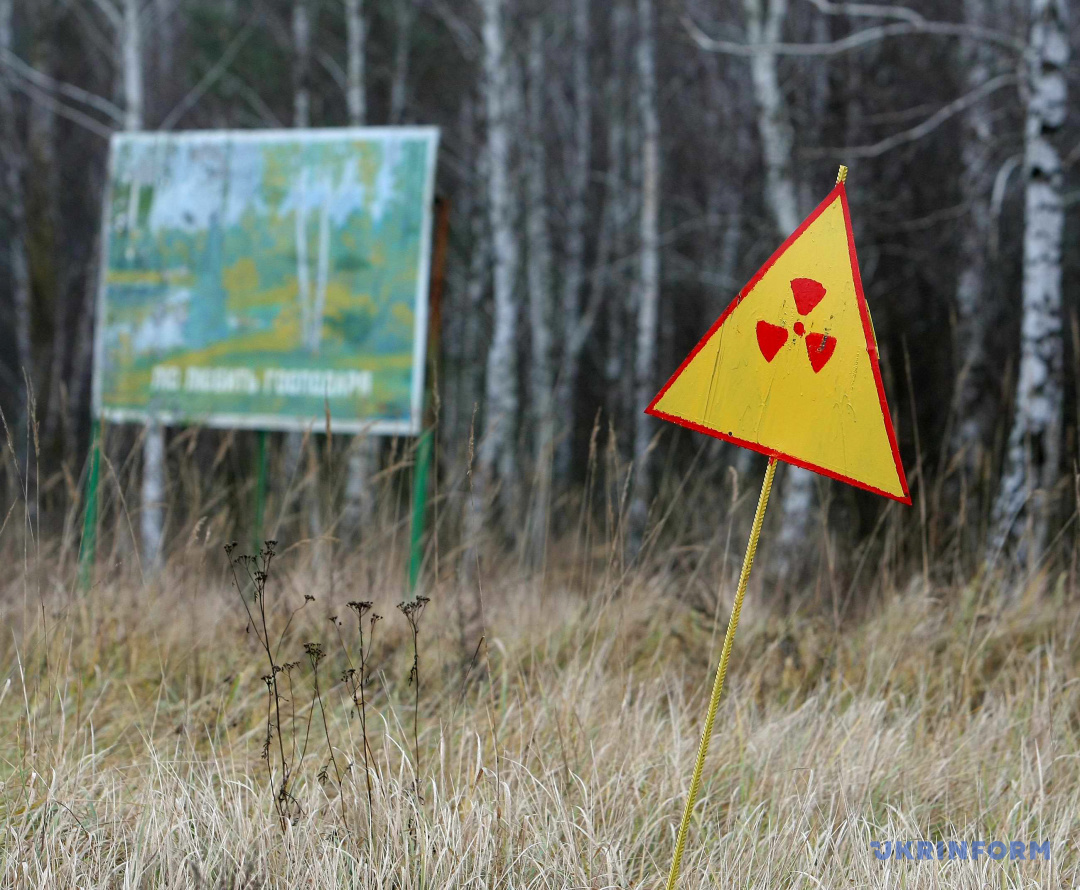
EXCLUSION ZONE - DREAMS ABOUT THE FUTURE
Despite all the dangers and risks, the future for the Exclusion Zone still holds the potential for optimism. "We are placing a bet on the Science and Research Hub to grow and develop further. This is a promising project founded by DAZV with the purpose of attracting experts from across the world to obtain new scientific and technical data on the Disaster’s consequences, the impact of radioactive contamination on the environment, humans and materials, as well as compiling background information that will be used in economic decisions dealing with relevant activities," says DAZV.
In addition, there has been compiled an Exclusion Zone catalog of locations suitable for renewable energy projects. Along with that, two solar and wind generation projects have been launched there, and a potential location for small modular reactors is being selected.
Meanwhile, the DAZV does not obliviate other issues that still remain highly relevant, including a complete phase-out of the Chernobyl nuclear power plant, the handling of spent nuclear fuel, safety and security of the Containment facility and of the New Safe Confinement. "We have worked in a professional way with the most dangerous radioactive waste, and so one of our priorities is the improvement and further development of skills and competences in handling hazardous waste," the press service of DAZV has emphasized.
We should expect that a full normalization of operations and access to the Chernobyl Exclusion Zone will most likely not be there until after Russia's aggressive appetites are curtailed. Once the territory surrounding the Chornobyl Nuclear Power Plant is eventually cleared of landmines, there will definitely be a new, interesting future ahead of it - both as a scientific research location and a platform for the further development of clean energy and, also, as a tourist attraction.
And let this future no longer have a place for bleak pages.
Victoria Nakonechna, Kyiv



